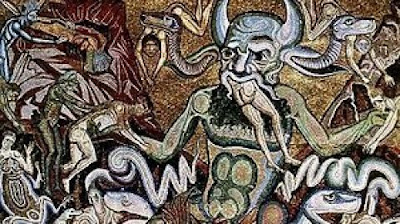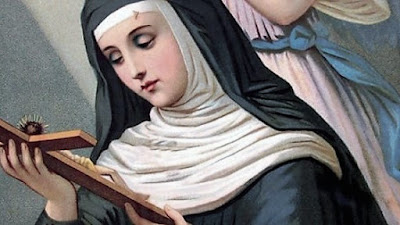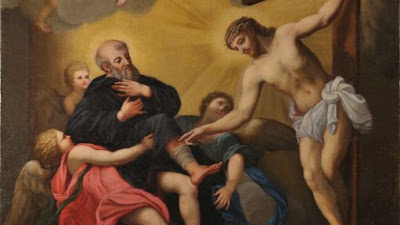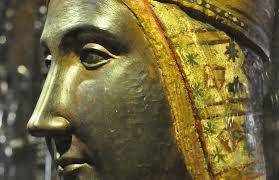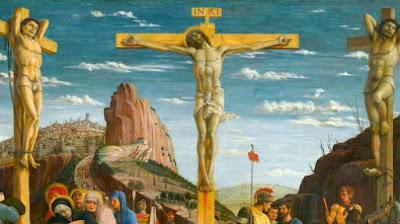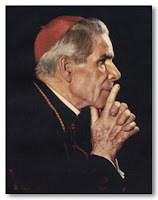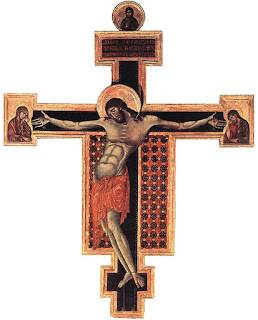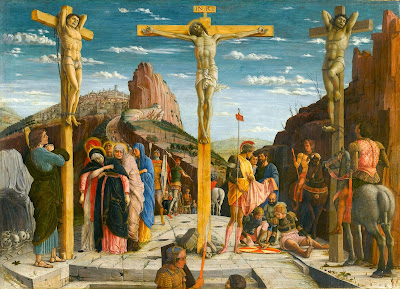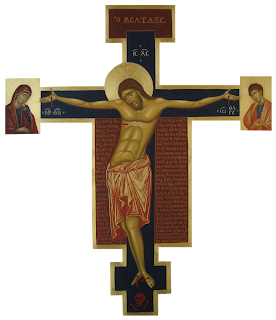Homily for the Feast of the Transfiguration of Our Lord, August 6, 2017
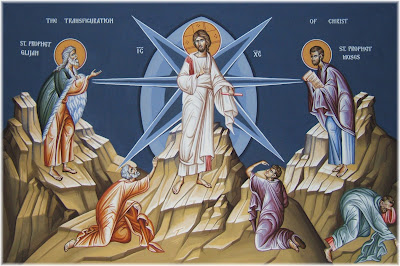
On Sundays when homilies by Fr. Butler and Fr. Irvin are not available, we will feature homilies by Fr. Thomas Lane. Fr. Lane is a Professor of Sacred Scripture at Mt. St. Mary’s Seminary in Emmitsburg, MD on the campus of Mt. St. Mary’s University. He previously ministered in Ireland. (Originally delivered in 2013). Fr. Thomas J. Lane S.T.D. Associate Professor of Sacred Scripture Mt. St. Mary's Seminary Emmitsburg, MD Fr. Lane's website Jesus is the Promised Messiah Listen to Him even as He predicts His Passion What a grace for Peter and James and John to see Jesus transfigured. They got a preview of the glory of Jesus risen from the dead and his glory in heaven. It was also a preview of the glory we all hope to share in heaven. This was a very special grace for Peter and James and John. It was not the only special grace Jesus shared with Peter, James and John. Earlier in the Gospel (Mark and Luke) we read that Jesus only allowed Peter and Jam
